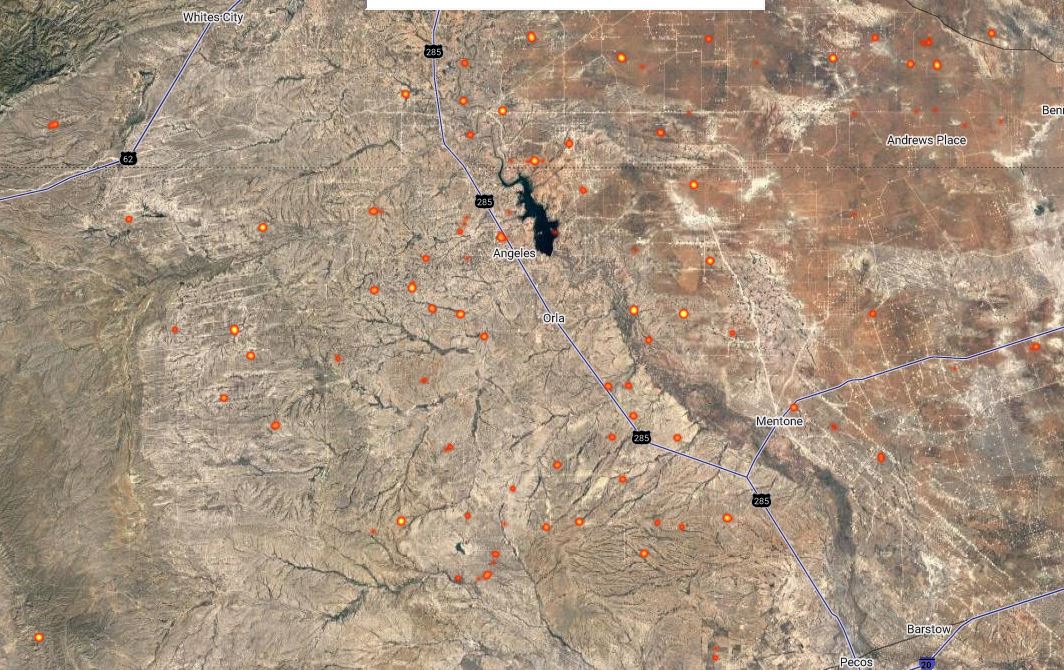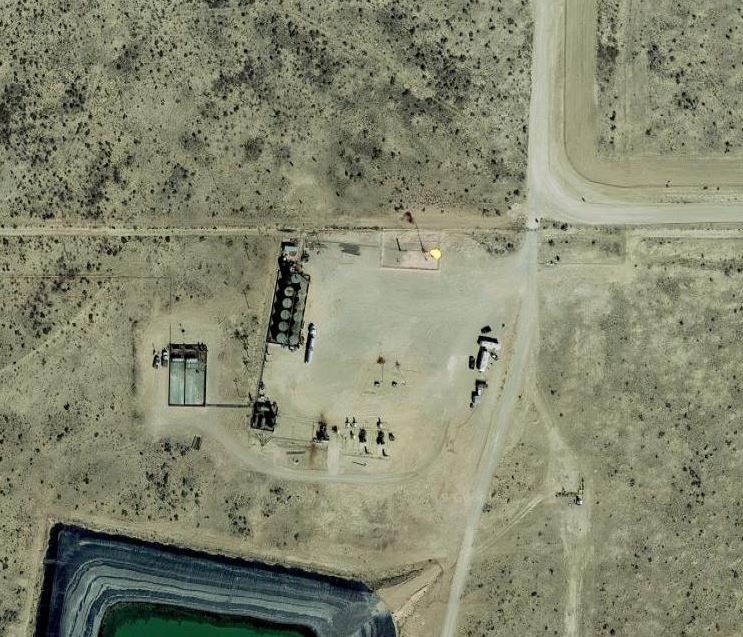Trans-Pecos Pipeline is pursuing condemnation proceedings to acquire right-of-way for its pipeline, a project of Energy Transfer Partners to build a 143-mile, 42-inch pipeline from Fort Stockton into Mexico. Presidio County landowner John Boerschig is challenging the company’s right to use eminent domain to acquire an easement across his ranch. Last week he sued the company in U.S. District Court in Pecos, contending that Texas laws on eminent domain deny him due process of law in the condemnation process. He argues that pipeline companies asserting the right to use eminent domain should have to prove their right to condemn before they can obtain a judgment awarding an easement. Boerschig’s attorney Renae Hicks said “It’s a no-strings-attached, standard-less delegation of government power to a private entity. There’s no accountability, they do not have to report to anyone.” He argues that a pipeline’s status as a public utility, which under Texas law entitles it to use eminent domain, can be legally challenged only after the condemnation award of the special commissioners appointed to determine the amount owed for the condemned easement. After the commissioners’ award, the pipeline’s right to condemn can be challenged in court, but in the meantime the pipeline has the right to tender the amount awarded by the commissioners into court and begin laying the pipeline on the easement awarded. So the pipeline can be constructed even while the landowner is challenging the company’s condemnation authority.
That is what happened in the latest condemnation case decided by the Texas Supreme Court, Texas Rice Land Partners v. Denbury, , 363 S.W.3d 192 (Tex. 2012). In that case, Denbury sought to condemn an easement for a pipeline that would carry carbon dioxide across Texas Rice Land’s property. Texas Rice Land challenged Denbury’s right to condemn an easement; the trial court sustained Denbury’s authority, and it built its easement. But the Supreme Court held that Texas Rice Land had the right to challenge Denbury’s use of eminent domain, whether it was a common carrier. It remanded the case to the trial court for trial on that issue. On remand, the trial court again agreed that Denbury had eminent domain powers, but the Beaumont Court of Appeals reversed and remanded again, 457 S.W.3d 115 (Tex.App.-Beaumont 2015). Denbury has appealed to the Texas Supreme Court, which granted Denbury’s petition for review on April 1. In the meantime, Denbury has constructed its pipeline across Texas Rice Land’s property and is using it to transport carbon dioxide.
For more on the Denbury case, read my posts here and here.
 Oil and Gas Lawyer Blog
Oil and Gas Lawyer Blog




